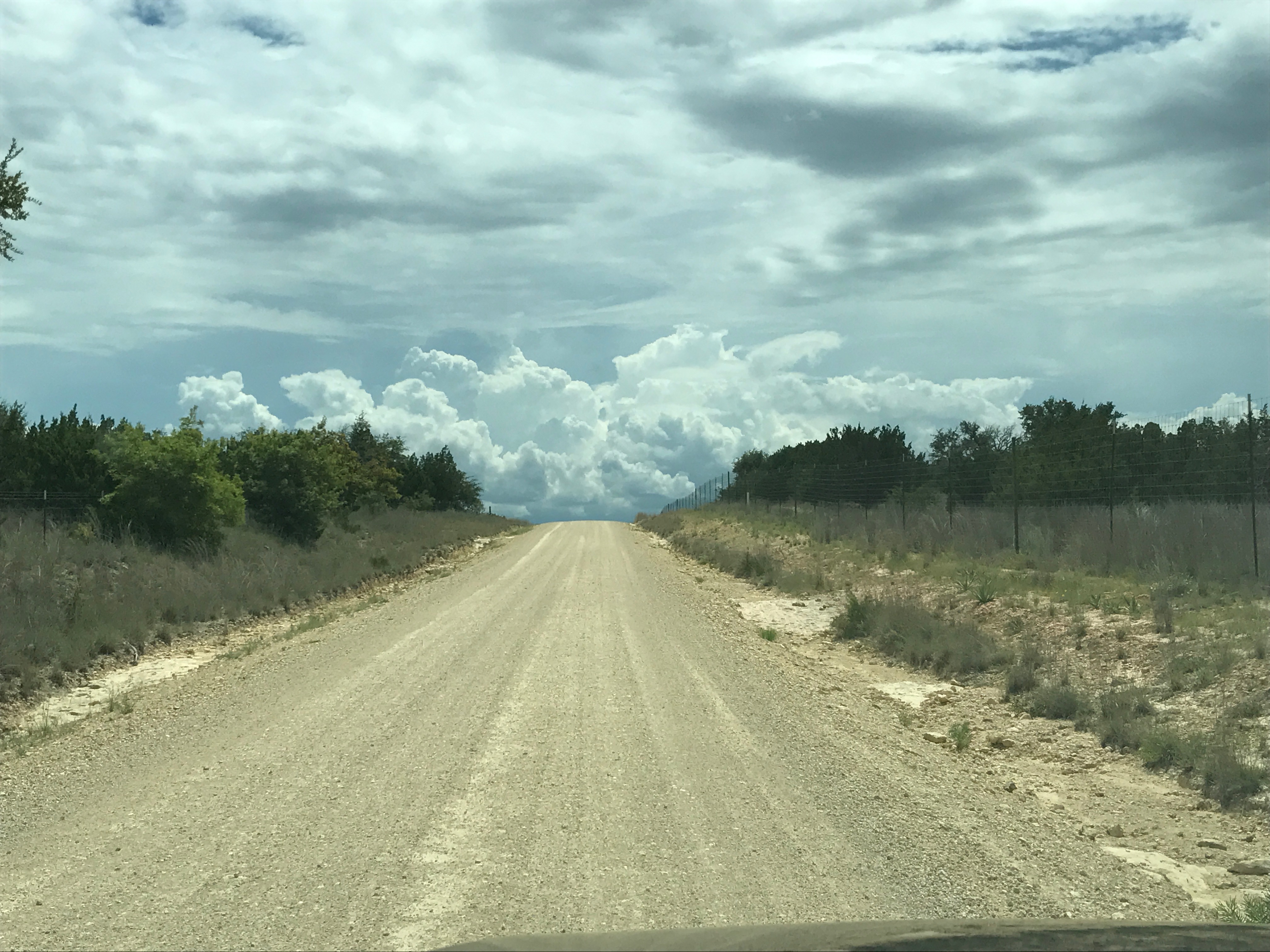By Whitney Thurman, NACCHO Health & Disability Fellow

Rural America is as diverse as its people, reflecting the unique geography, culture, and history of each location. In 2016, approximately 46 million people lived in rural areas of the United States, accounting for about 14% of the population. People in rural areas have fewer resources and opportunities available to them in their communities, so local health departments are an important resource, serving as the frontline providers in many rural jurisdictions. It is important that health departments serving rural areas ensure their programming is inclusive and accessible for everyone, including people with disabilities.
While rural Americans account for a relatively small percentage of the total U.S. population, they represent a higher proportion of people with a disability: 17.1% of rural Americans report a disabling condition compared with 11.7% of urban-dwelling Americans.The higher rates of disability persist across gender, race, impairment type, and all age groups. Further, veterans and people in poverty living in rural areas report higher rates of disability than those in urban areas.

Rural living can pose unique challenges for people with disabilities. For example, rural residents in general have difficulty accessing healthcare. Due to their decreased likelihood of being insured, lack of access to transportation, and need for more frequent medical attention, rural residents with disabilities may be doubly disadvantaged by the limited healthcare services available in their communities. Additionally, adults with disabilities living in rural areas typically rely on services that are more informal and less specialized. They must travel farther and pay more for those services, and they tend to receive lower quality care than their urban counterparts.
Local health departments play a crucial role in filling resource and service gaps that face rural America. Here are four approaches health departments can follow to promote the health and well-being of people with disabilities who live in rural areas:
- Engage people with disabilities in program planning and evaluation. The best strategy for successfully accommodating people with disabilities is to ask them about their health needs and increase their involvement with local health department programming and planning. Engaging people with disabilities in program planning and evaluation ensures inclusive and accessible programs and services, as well as directly influencing the well-being of those who participate.
- Collaborate with non-traditional healthcare partners. Many people with disabilities have difficulty navigating the environment and are at risk of social isolation. By partnering with churches and other faith communities that have outreach services such as home visiting programs, local health departments can expand their reach and serve a broader audience.
- Create opportunities for meaningful interaction. In rural areas, opportunities for interaction with peers are more limited than in urban areas, so peer support groups are an important source of social engagement for people with disabilities. Local health departments can ensure social interaction is available to people with disabilities by developing peer support programs or partnering with existing organizations.
- Capitalize on the rural environment. Many people, including those with disabilities, choose to live in rural areas because they value the calm environment and connection to nature. Health department programs can take advantage of the outdoors by creating opportunities for social interaction and exercise for people with disabilities, such as a walking group at a local park or town square, even for those who may use a wheelchair or electric scooter for mobility.
While these strategies will not overcome the gap in resources, they can help to ensure that local health departments consider the unique needs and perspectives of people with disabilities living in rural America.
The NACCHO Health and Disability Fellowship is supported by the Centers for Disease Control and Prevention (CDC), Cooperative Agreement #5NU38OT000172-05-00 and the NACCHO Health and Disability Program.






